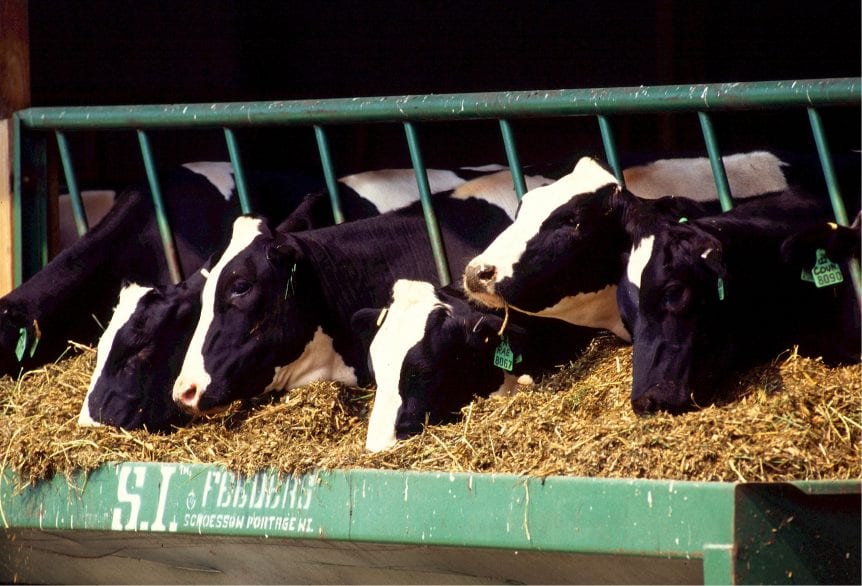A recent survey of California dairies provides some context for how popular ag byproducts are as a feed for dairy cows. Using information from the California Department of Food and Agriculture, UC researchers reached out to industry members to get a better understanding of ag byproduct usage. During the 2021 Golden State Dairy Management Webinar, UC Dairy Farm Advisor Jennifer Heguy described some of the results from the survey.
“If you were licensed to sell milk you received our survey. We had a 13 percent response rate which was about 156 dairies who were still in business,” said Heguy. “Of the folks who responded just under 89 percent reported that they did indeed feed byproducts.”
Approximately 130 dairies that responded to the survey provided herd size information. The data shows that more than 195,000 California cows are receiving some type of byproducts in their feed. The most common byproducts are dried distiller grains, canola, wheat straw, liquid whey, soybean meal, and whole cottonseed. However, almond hulls are far and away the most common. “They’re readily available and they’re fairly economical. About 112 of the 138 dairies who fed byproducts, fed almond hulls,” Heguy noted.
California growers produce a wide array of ag byproducts for dairy producers to choose from. Some byproducts such as culled produce and pumices were not as popular among producers surveyed. Due to the nature of the byproducts not being a dry commodity, issues of quality can be a factor in their use. However, the overall use of ag byproducts in dairy feed is a practical approach with multiple benefits.
“It’s a win for those industries who have that byproduct that they’re receiving some revenue for. It’s a win for the dairy industry because oftentimes those byproduct feedstuffs are economical,” Heguy explained. “And it’s a win for California as a whole because we are taking a waste stream that would otherwise go into a landfill and diverting it into products that we can use.”











